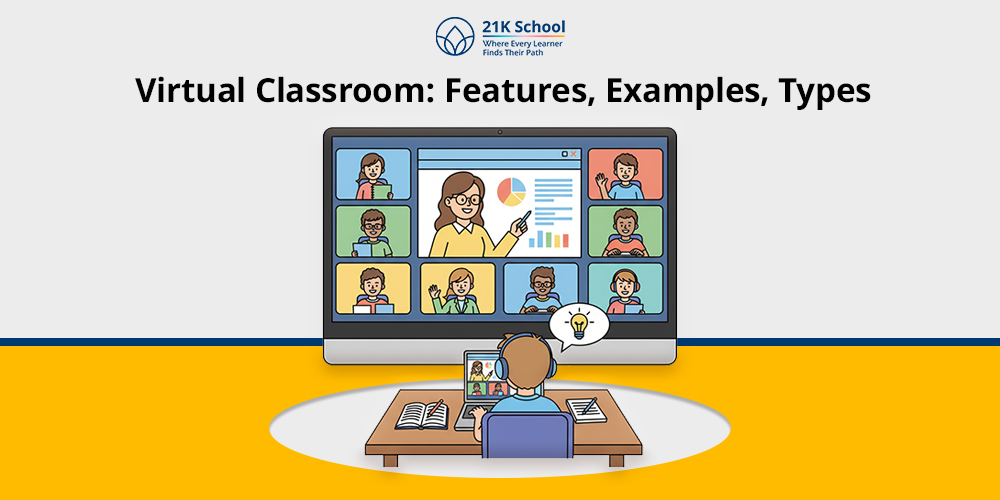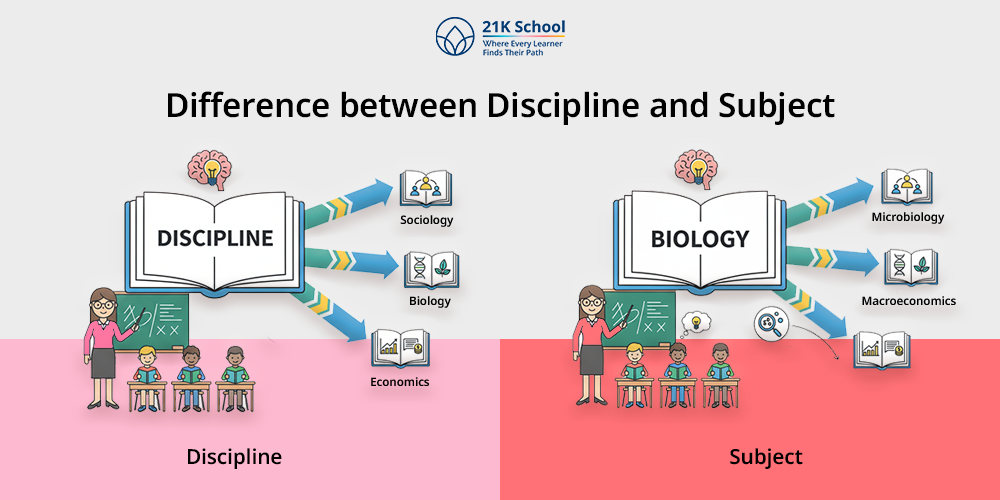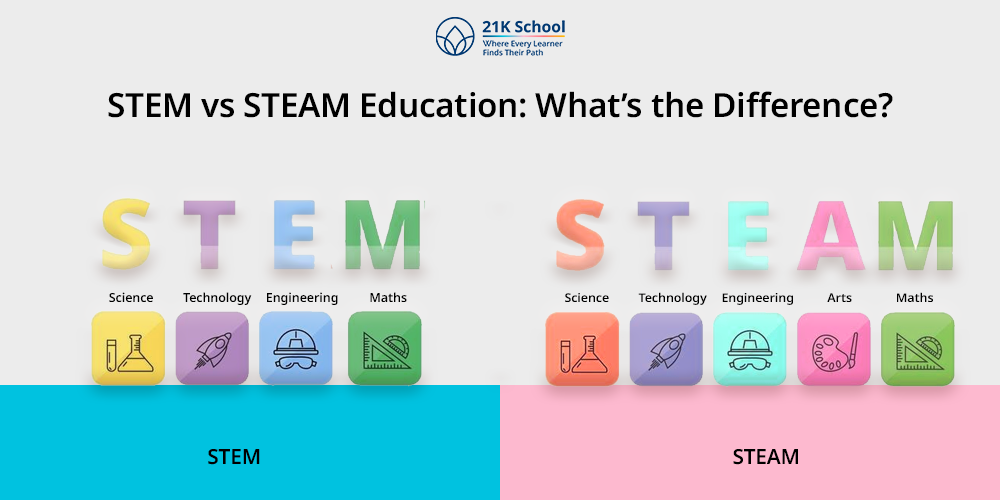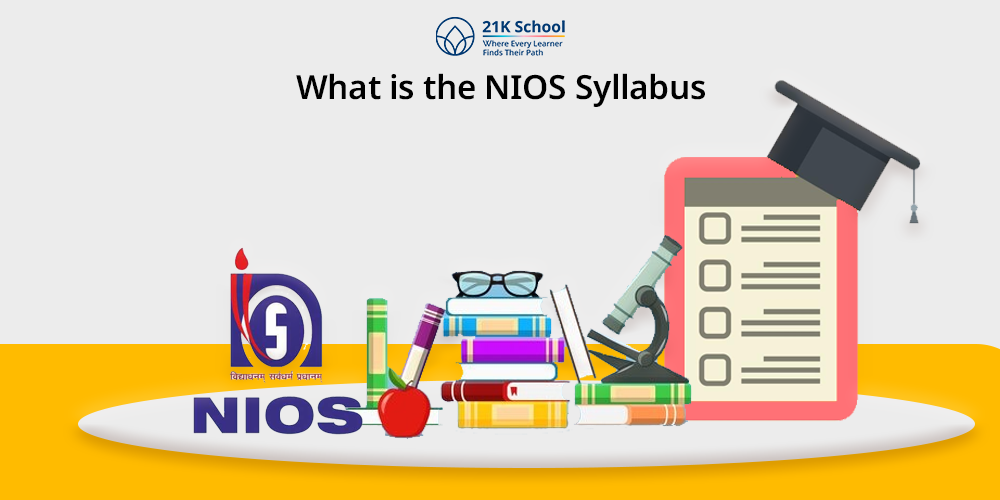
Do you know NIOS syllabus and CBSE syllabus are aligned with the NCF?
The NIOS syllabus is aligned with the National Curriculum Framework (NCF) . The NIOS syllabus contains the coursework and curriculum framework provided by the NIOS for secondary and senior secondary classes.
It is essential for students to know the NIOS syllabus before appearing for the examination. The NIOS syllabus provides a flexible learning approach that enables students to study as per their schedule .
The NIOS syllabus is considered a flexible syllabus as compared to CBSE and ICSE. Along with secondary and senior secondary level certificates that are comparable to those offered by other school education boards, the NIOS also administers public exams.
The National Council of Educational Research and Training (NCERT) developed the curriculum framework that all education boards adhere to, which explains this. The syllabus of the NIOS is divided into subject groups known as group A, B, C, D, E and F.
Contents
- NIOS Syllabus for Class 10th (Secondary Syllabus)
- Accessing the Group-Wise Syllabus Class 10 (Secondary)
- NIOS Syllabus for Class 11th and 12th ( Senior Secondary)
- Group-wise Subject Offered in NIOS
- Key Aspects of the NIOS Syllabus
- Steps to Download NIOS Syllabus PDF (Class 10 & 12)
- Key Features of NIOS Curriculum
- How Is the NIOS Syllabus Different from CBSE/ICSE?
- Ending Note
NIOS Syllabus for Class 10th (Secondary Syllabus)
The NIOS Secondary examination is very essential for students’ preparation. NIOS class 10th syllabus contains important information and weightage of the subjects such as English, Mathematics, Social Studies, Science, Language and so on.
The NIOS syllabus for class 10 is divided into two groups: Group A, which contains language and Group B, which includes the main subjects. Students have to select any 5 subjects with one language.
However, in secondary education, students can choose a maximum of seven subjects according to their interests and learning preferences.
The NIOS secondary examination is held in Section 1 and Section 2, which are usually held in April or May and October or November.
However, on-demand examinations are held throughout the year. Students can download the syllabus from the official website of NIOS. Here you can download the syllabus of NIOS tabulated below.
| Subjects | Download Link |
| English | Download |
| Hindi | Download |
| Bengali | Download |
| Urdu | Download |
| Tamil | Download |
| Telugu | Download |
| Marathi | Download |
| Gujarati | Download |
| Sindhi | Download |
| Kannada | Download |
| Sanskrit | Download |
| Punjabi | Download |
| Science | Download |
| Mathematics | Download |
| Social Science | Download |
| Economics | Download |
| Natyakala | Download |
| Home Science | Download |
| Business Studies | Download |
| Psychology | Download |
| Indian Culture and Heritage | Download |
| Entrepreneurship | Download |
| Data Entry Operation | Download |
| Nepali | Download |
| Painting | Download |
| Accountancy | Download |
| Odia | Download |
| Arabic | Download |
| Persian | Download |
| Folk Art | Download |
| Sanskrit Vyakarana | Download |
| Hindustani Sangeet | Download |
| Indian Sign Language | Download |
| Carnatic Sangeet | Download |
Accessing the Group-Wise Syllabus Class 10 (Secondary)
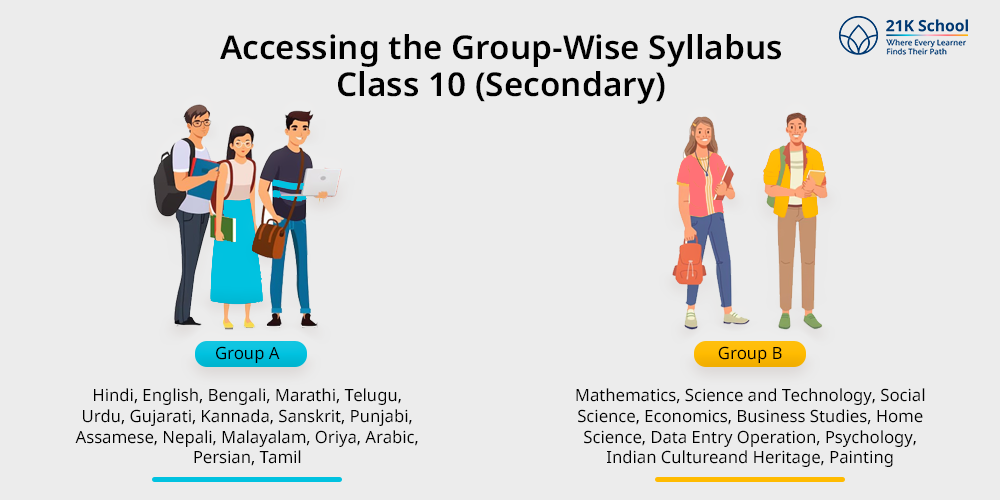
The syllabus of class 10th is divided into two groups which includes core subjects and electives. The syllabus for class 10th is aligned with the standards of National Curriculum Framework (NCF).
The syllabus of secondary class has group A and Group B, which includes languages and other main subjects. Students are allowed to choose a minimum of five subjects with one or two languages.
Students are also allowed to choose a maximum of seven subjects based on their preferences and skills set. Understanding the syllabus helps students to have a proper knowledge of concepts, weightage, and topics. Here is the group wise syllabus of NIOS tabulated below.
| Groups | Subjects |
| Group A | Hindi, English, Bengali, Marathi, Telugu, Urdu, Gujarati, Kannada, Sanskrit, Punjabi, Assamese, Nepali, Malayalam, Oriya, Arabic, Persian, Tamil |
| Group B | Mathematics, Science and Technology, Social Science, Economics, Business Studies, Home Science, Data Entry Operation, Psychology, Indian Culture and Heritage, Painting |
NIOS Syllabus for Class 11th and 12th ( Senior Secondary)
The NIOS senior secondary syllabus contains a wide range of subjects , which include vast topics. The syllabus of classes 11th and 12th contains five main subjects with one or two languages. Students can opt for a minimum of five or a maximum of seven subjects.
The syllabus of NIOS senior secondary is divided into six groups, known as Group A, B, C, D, E, and F.
These group denotes different subjects such as group A includes languages, and other groups such as group B, C, D, E, and F includes other subjects from three different streams such as Science, Arts and Commerce.
These groups help in organising the subjects, which allows students to easily select their subjects according to their preferences. Here you can download the syllabus of NIOS tabulated below.
| Subject | Download Link |
| English | Download |
| Hindi | Download |
| Tamil | Download |
| Bengali | Download |
| Odia | Download |
| Urdu | Download |
| Gujarati | Download |
| Sanskrit | Download |
| Punjabi | Download |
| Mathematics | Download |
| Physics | Download |
| Chemistry | Download |
| Biology | Download |
| Accountancy | Download |
| Business Studies | Download |
| Economics | Download |
| History | Download |
| Geography | Download |
| Political Science | Download |
| Home Science | Download |
| Psychology | Download |
| Computer Science | Download |
| Sociology | Download |
| Painting | Download |
| Environmental Science | Download |
| Mass Communication | Download |
| Data Entry Operations | Download |
| Tourism | Download |
| Introduction to Law | Download |
| Library & Information Science | Download |
| Arabic | Download |
| Persian | Download |
| Malayalam | Download |
| Sindhi | Download |
| Veda Adhyyan | Download |
| Sanskrit Vyakarana | Download |
| Bharatiya Darshan | Download |
| Sanskrit Sahitya | Download |
| Physical Education and Yoga | Download |
| Military Studies | Download |
| Military History | Download |
| Early Childhood Care Education | Download |
Group-wise Subject Offered in NIOS
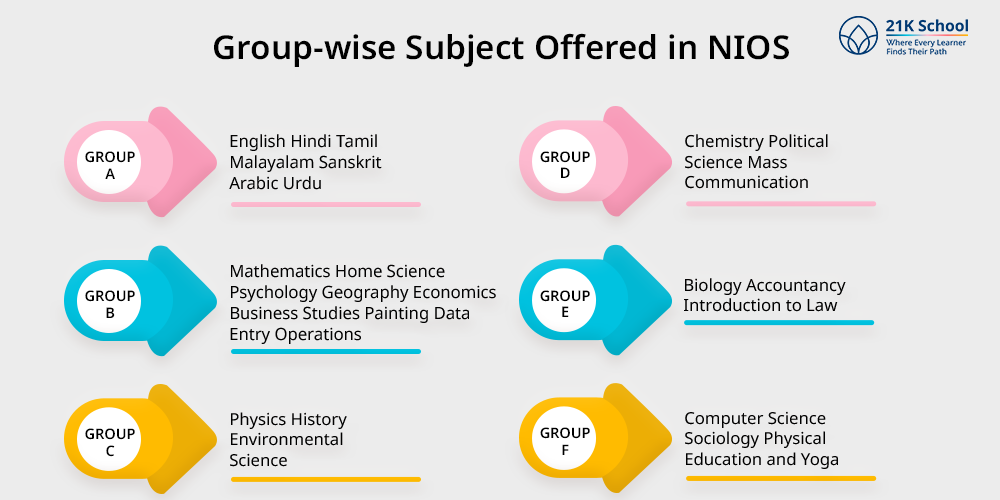
A wide range of subjects is separated into groups. These subjects are divided into three streams: Arts, Commerce and Science.
In addition to the remaining subjects from Groups B, C, D, E and F, students must choose five subjects from Group A, including one or two languages.
From each of these groups, they are limited to choosing one subject.
According to NIOS regulations, two subjects from any group may be taken for an additional fee along with one subject from each of the groups C, D, E and F. Here you can check the subjects offered in different groups mentioned below.
| Groups | Subjects |
| Group A | English Hindi Tamil Malayalam Sanskrit Arabic Urdu |
| Group B | Mathematics Home Science Psychology Geography Economics Business Studies Painting Data Entry Operations |
| Group C | Physics History Environmental Science |
| Group D | Chemistry Political Science Mass Communication |
| Group E | Biology Accountancy Introduction to Law |
| Group F | Computer Science Sociology Physical Education and Yoga |
Key Aspects of the NIOS Syllabus
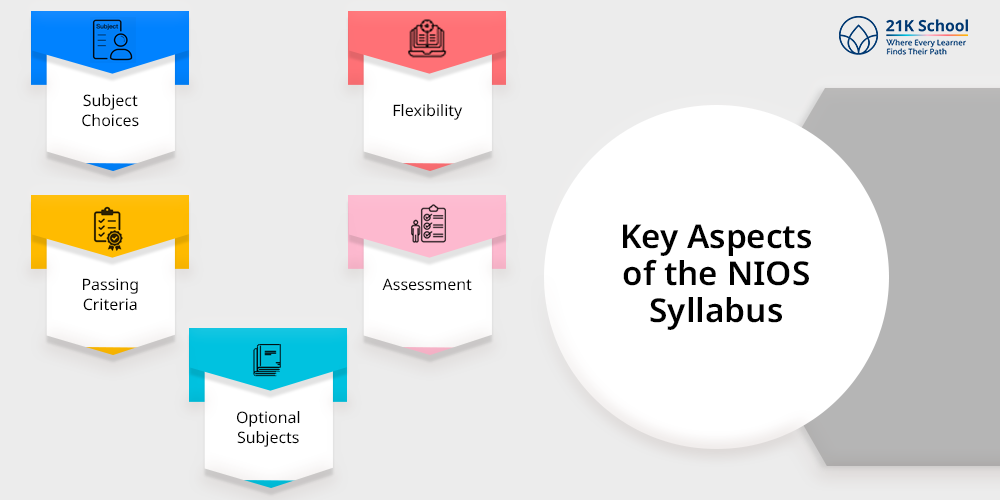
Syllabus of NIOS offers various flexibility to students, which allows them to choose their subjects as per their interest and career goal.
The syllabus of NIOS provides students with subject choices which are limited in traditional schooling .
The passing criteria of NIOS are also very simple, in which students need to score a minimum of 33% to qualify for their examination.
However, students can also attempt multiple times if they failed their examination. Here are the key aspects of the NIOS syllabus.
1. Subject Choices
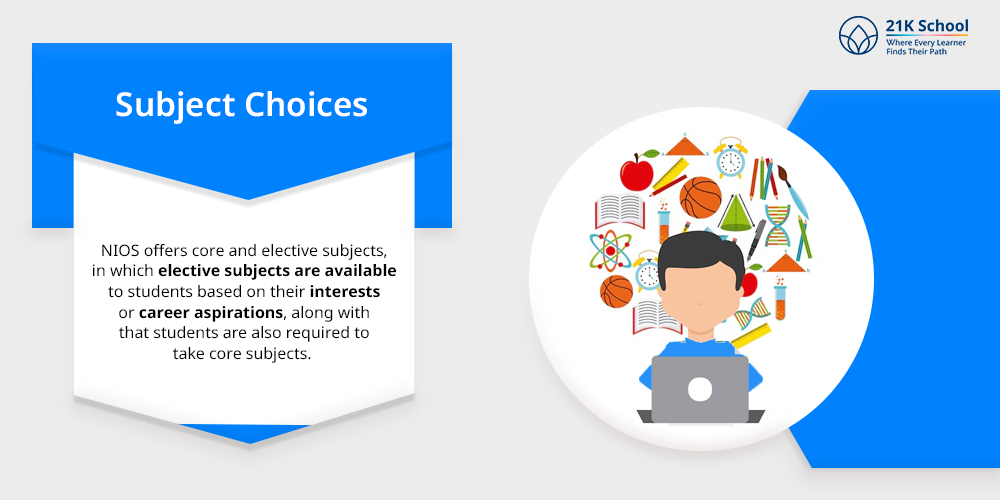
NIOS offers flexible subject choices to students and enables students to study as per their interests.
NIOS offers core and elective subjects, in which elective subjects are available to students based on their interests or career aspirations, along with that students are also required to take core subjects.
The variety of subjects available for learning makes learning more engaging, and personalised learning allows students to tailor their education to their interests and long-term goals.
2. Flexibility
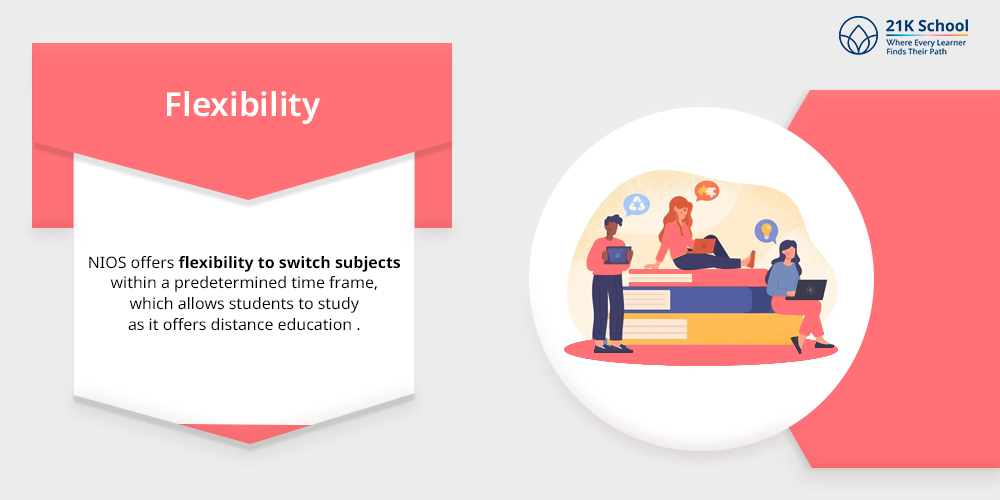
NIOS offers flexibility to switch subjects within a predetermined time frame, which allows students to study as it offers distance education .
It accommodates different learning styles, personal circumstances and life commitments; flexibility is crucial for enabling students to customise their education to meet their own needs.
3. Passing Criteria
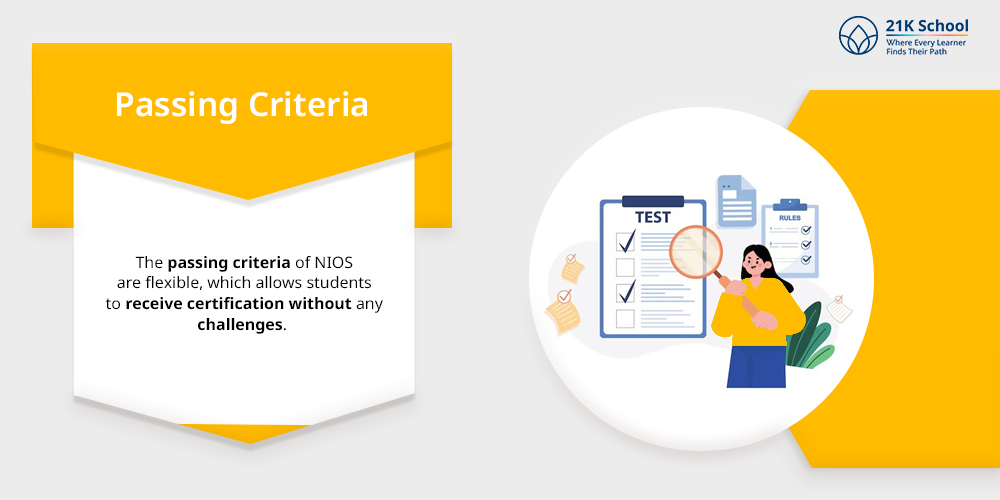
The passing criteria of NIOS are flexible, which allows students to receive certification without any challenges.
To receive passing certificates, students must complete a minimum of five courses, including at least one language, with a minimum score of 33% in each subject, which, when applicable, consists of both theoretical and practical components.
This approach fosters a positive learning environment that aids students in improving over time.
4. Assessment
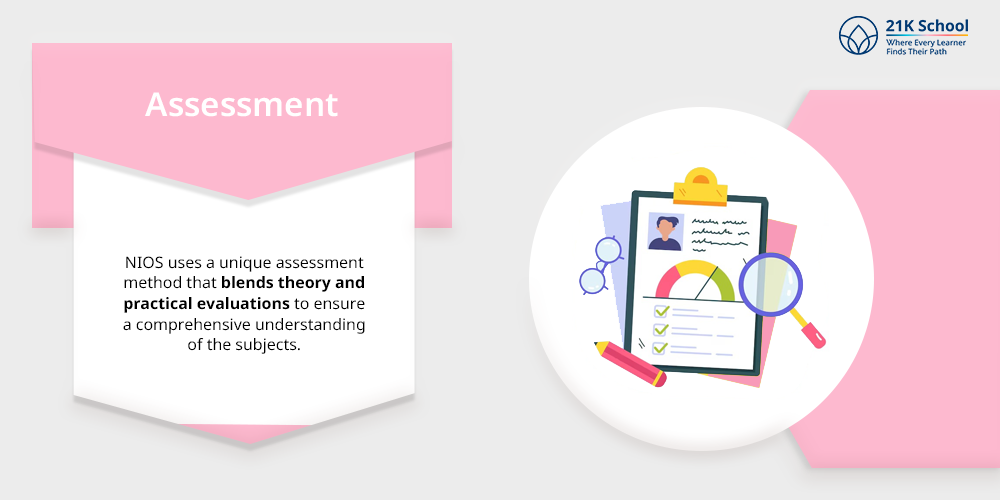
NIOS uses a unique assessment method that blends theory and practical evaluations to ensure a comprehensive understanding of the subjects. Students are evaluated using public tests that assess their knowledge and skills in a structured manner.
The flexibility of the assessment framework allows students to take their exams more than once, which helps in reducing exam stress and improves their learning methods .
5. Optional Subjects
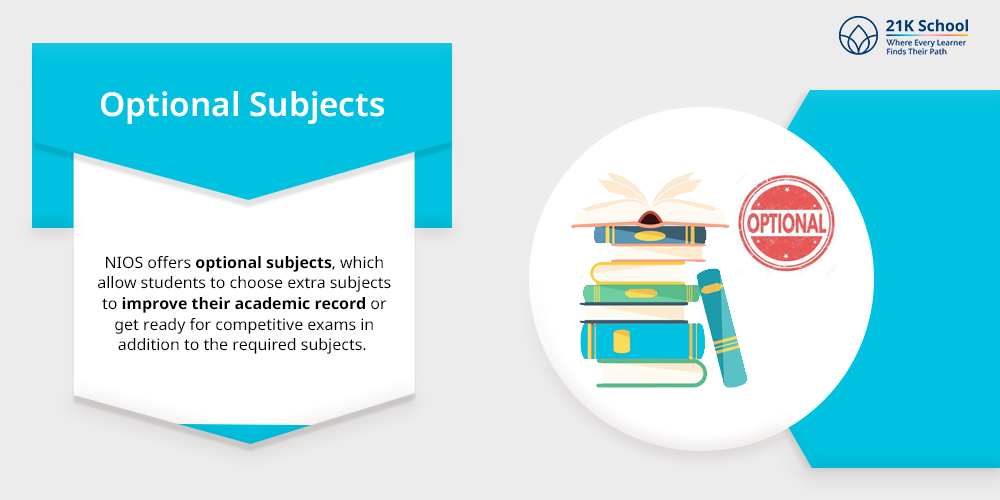
NIOS offers optional subjects, which allow students to choose extra subjects to improve their academic record or get ready for competitive exams in addition to the required subjects.
The syllabus of NIOS allows students to learn more about subjects that could help them in their future academic and professional endeavours and further explore their interests thanks to this flexibility.
Steps to Download NIOS Syllabus PDF (Class 10 & 12)
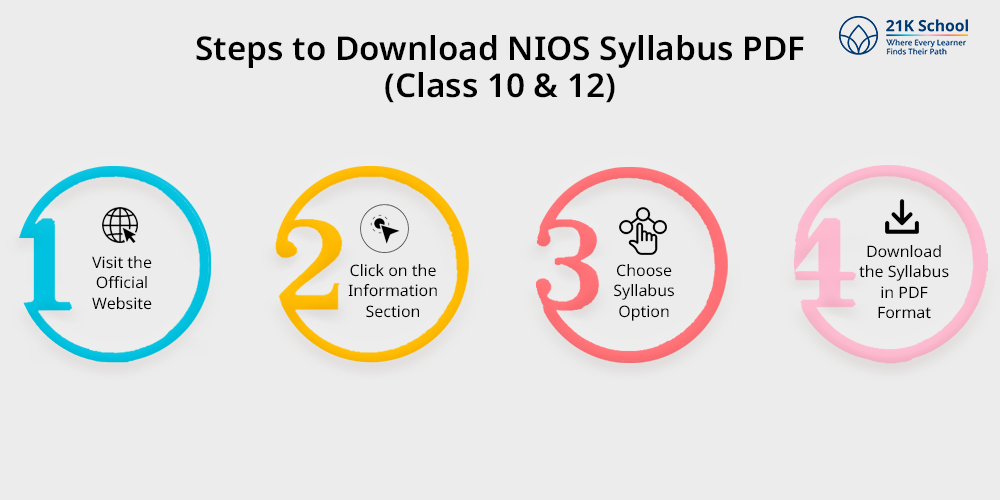
The NIOS syllabus for classes 10th and 12th is differentiated into groups. These groups help in organising the subjects, enabling students to choose according to their interests and skills.
A syllabus is vital for students to have a proper knowledge of their coursework, topics and subject choices. Students can download the syllabus from the official website of NIOS.
The syllabus of NIOS aligns with the syllabus of CBSE and ICSE as it meets the standards of the National Curriculum Framework (NCF). Here are the steps to be followed for downloading the NIOS syllabus.
1. Visit the Official Website

To download the NIOS website candidates need to visit the official website at nios.ac.in. On the official website, along with the syllabus, students can also find other information related to exams, results, and other information.
2. Click on the Information Section
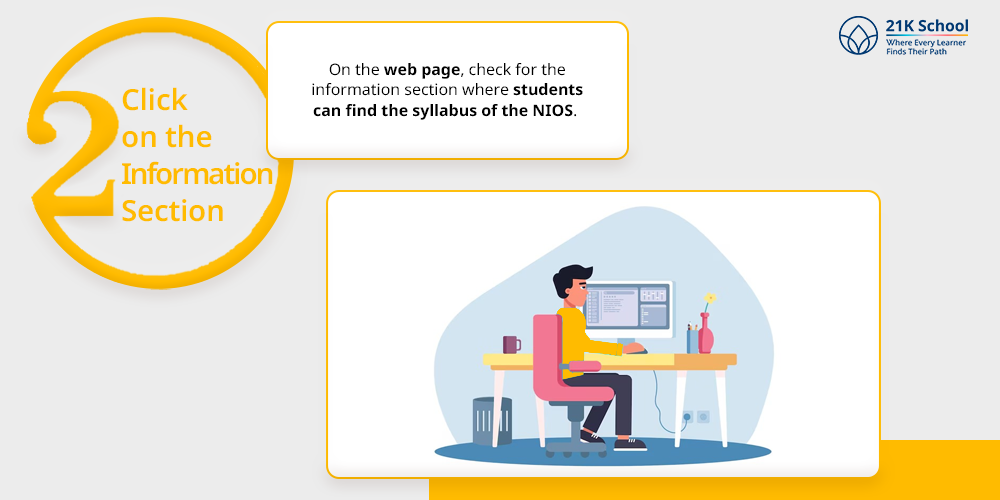
On the web page, check for the information section where students can find the syllabus of the NIOS. Candidates need to click on the information section, which will redirect them to the syllabus option.
3. Choose Syllabus Option
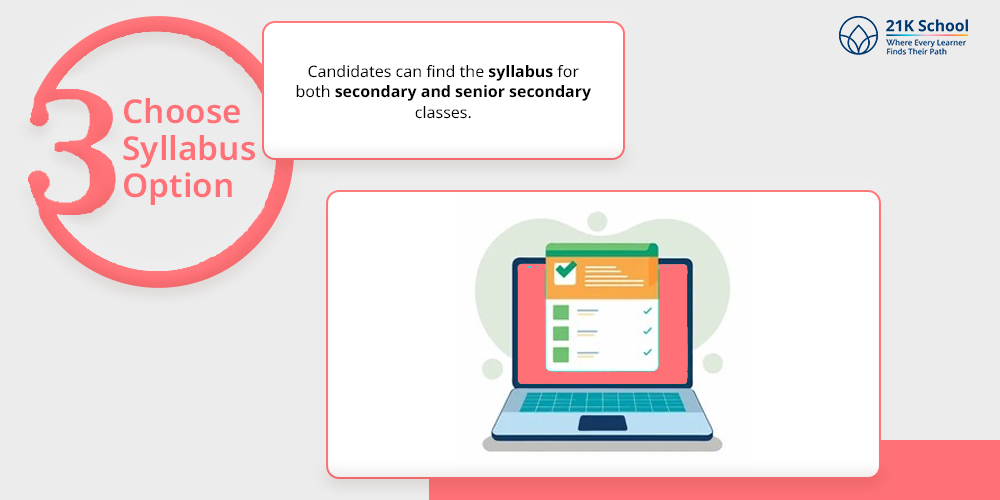
Look for the syllabus menu item and click it. You will then be directed to a page that contains the syllabi for all of the different courses and subjects that NIOS provides. Candidates can find the syllabus for both secondary and senior secondary classes.
4. Download the Syllabus in PDF Format
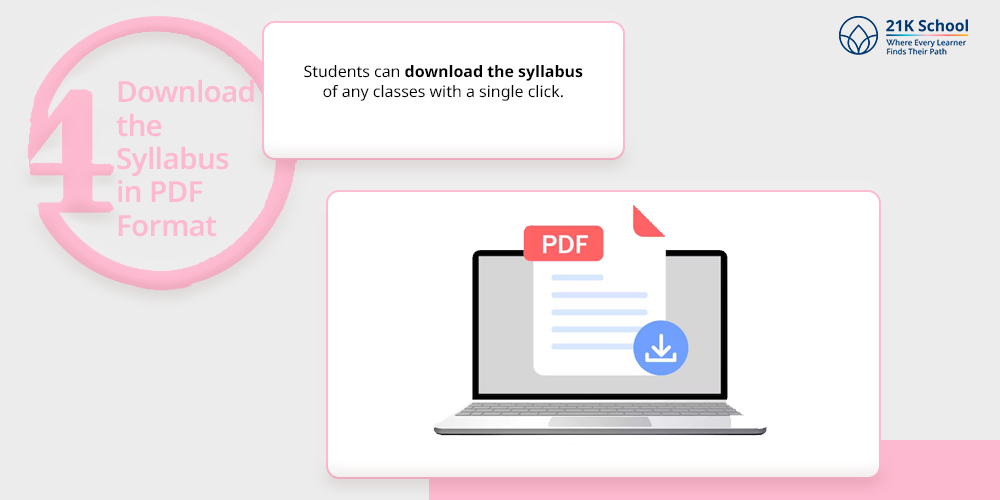
Now, candidates can download the syllabus in PDF format. Students can download the syllabus of any classes with a single click.
Key Features of NIOS Curriculum
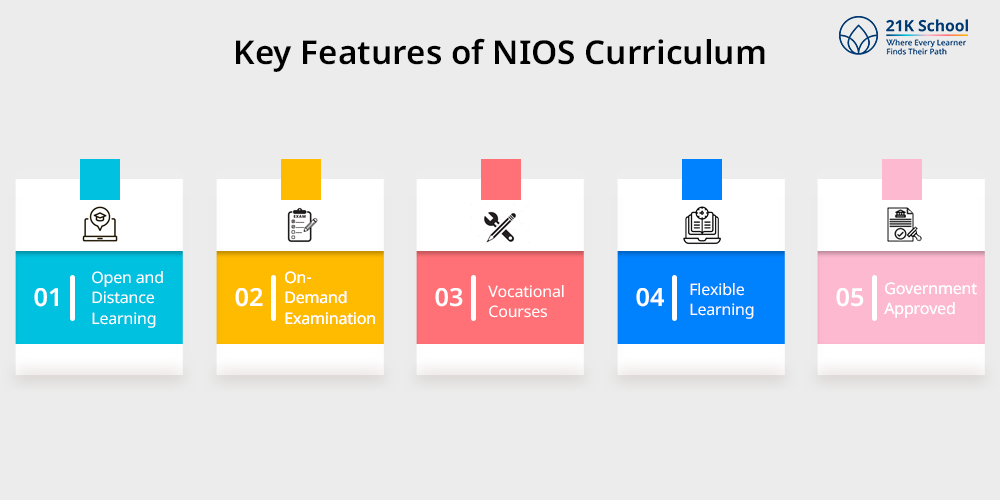
The NIOS curriculum provides a flexible approach to education, which makes education more engaging to students. NIOS makes learning
1. Open and Distance Learning
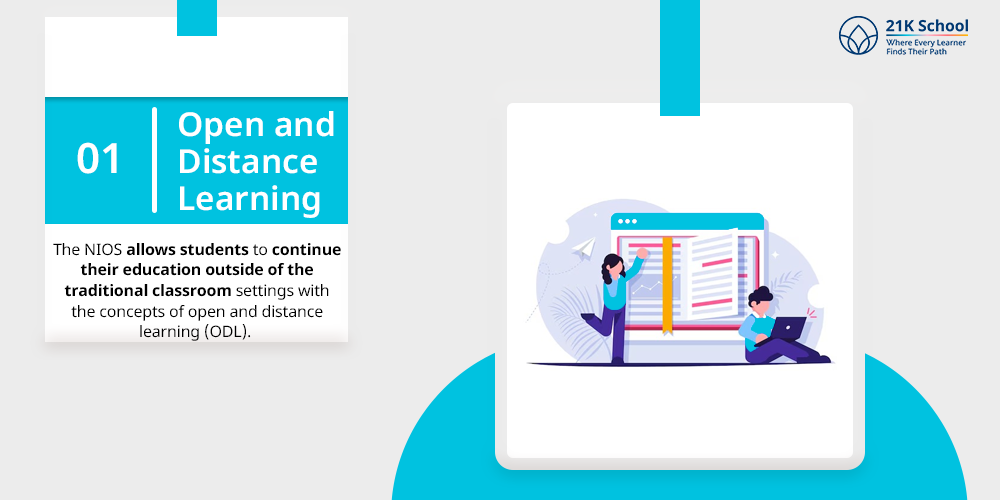
The NIOS allows students to continue their education outside of the traditional classroom settings with the concepts of open and distance learning (ODL).
People who may have other commitments, such as work or family responsibilities that prevent them from attending regular schools will find this model particularly useful.
The ODL system offers high-quality education to adults who want to complete their education, students with disabilities and children who live in remote areas.
2. On-Demand Examination
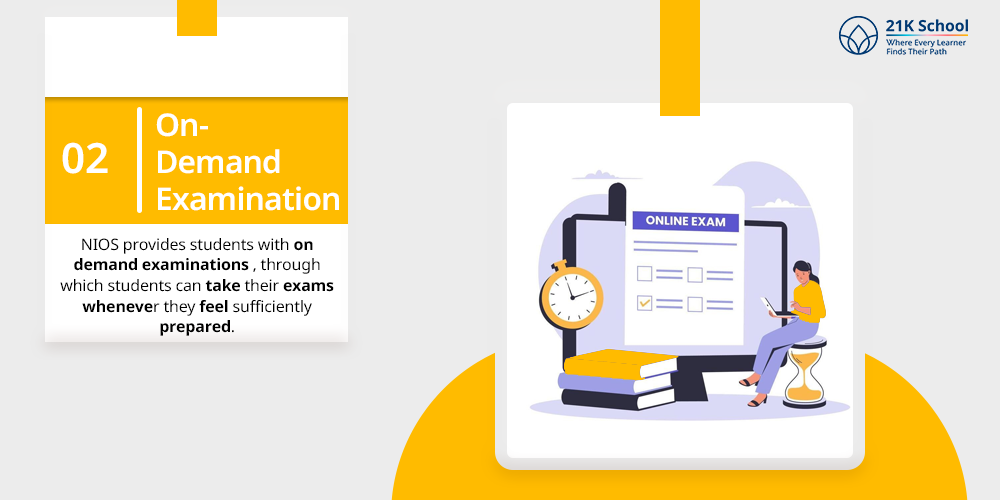
NIOS provides students with on demand examinations , through which students can take their exams whenever they feel sufficiently prepared as compared to traditional educational systems that have set exam schedules.
This flexibility is especially helpful for students who might require additional time to understand specific subjects or who want to escape the stress of a schedule for standardised tests.
3. Vocational Courses
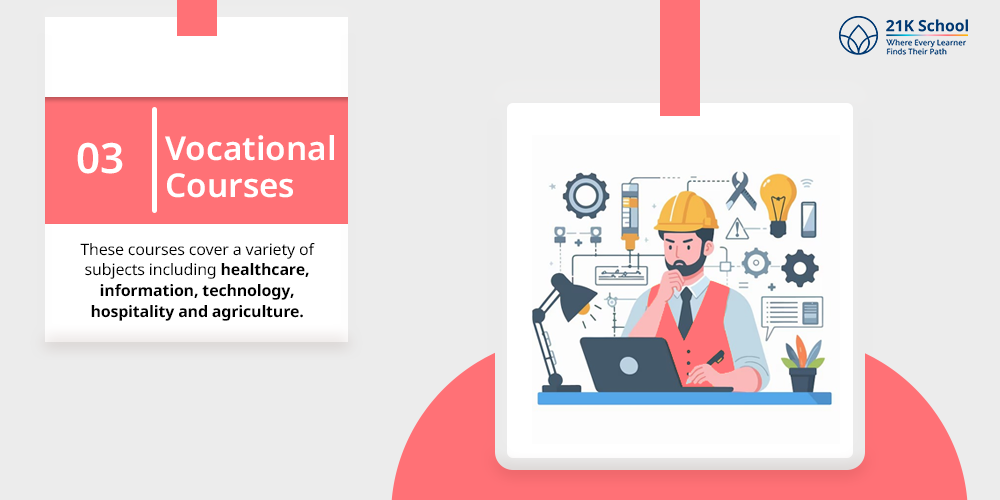
NIOS recognises the value of vocational education in today’s workforce; it offers a range of vocational courses that equip students with practical knowledge and skills.
These courses cover a variety of subjects including healthcare, information, technology, hospitality and agriculture.
By placing a strong emphasis on skill development, NIOS focuses on increasing its students’ employability and preparing them for obstacles in the real world.
4. Flexible Learning
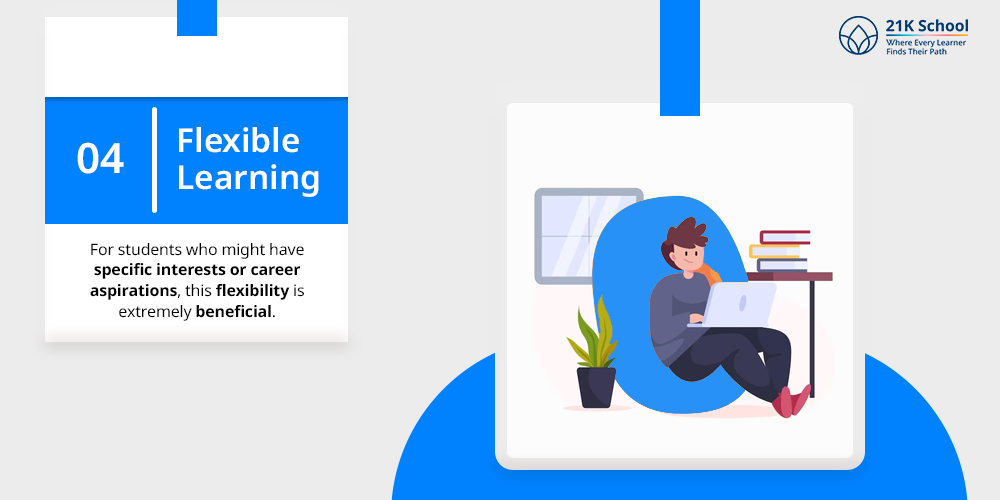
NIOS provides flexible learning opportunities to students by choosing the courses, study guides and pace of learning that best suit their needs and interests.
Students can tailor their education to meet those needs and interests.
For students who might have specific interests or career aspirations, this flexibility is extremely beneficial.
NIOS provides a range of learning options, including interactive sessions, online courses and self-study to accommodate different learning styles.
5. Government Approved
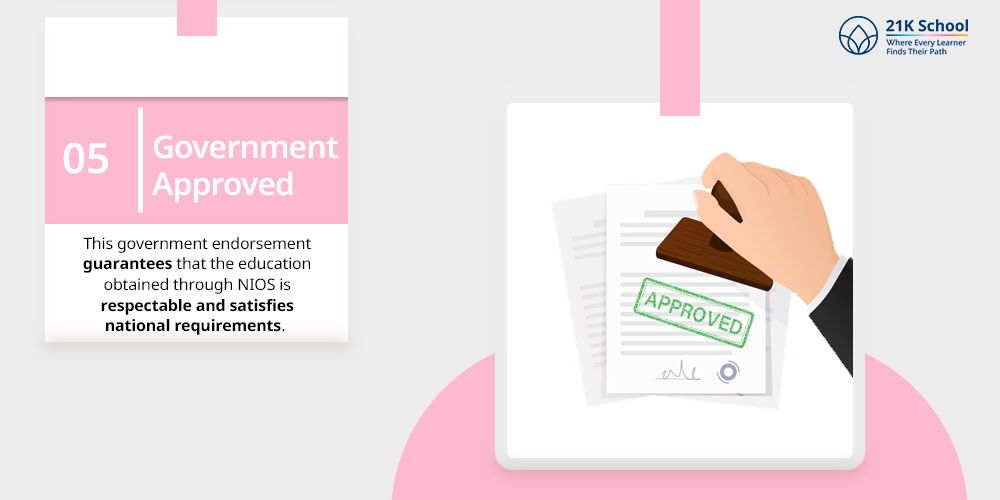
As a government-approved organisation, NIOS offers credentials that are respected and valid throughout the country.
This government endorsement guarantees that the education obtained through NIOS is respectable and satisfies national requirements.
After finishing their coursework and exams, students receive certificates that are on par with those from conventional educational systems, enabling them to pursue opportunities for employment or further education without any obstacles.
How Is the NIOS Syllabus Different from CBSE/ICSE?
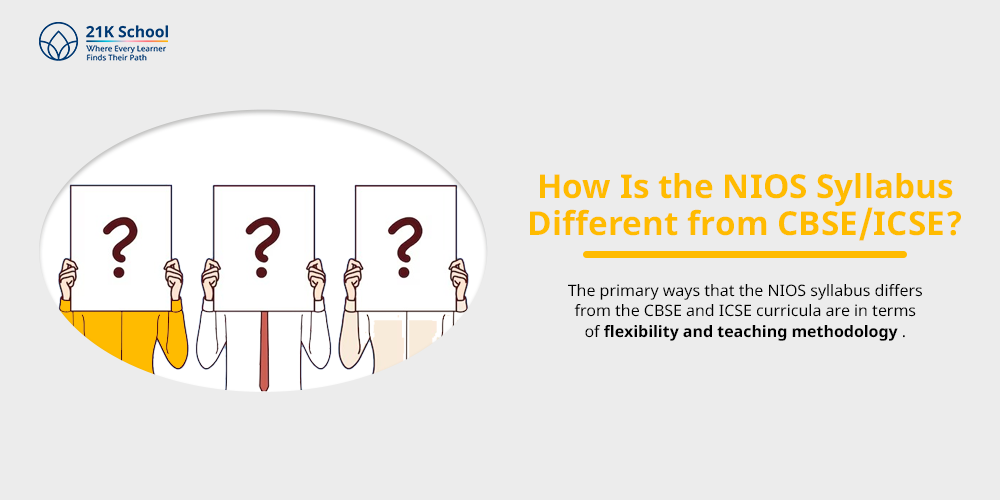
The primary ways that the NIOS syllabus differs from the CBSE and ICSE curricula are in terms of flexibility and teaching methodology .
NIOS uses a modular curriculum structure to accommodate a variety of learning needs, allowing students to select courses based on their interests and career goals.
However, both the CBSE and the ICSE have a more traditional curriculum with a predetermined number of subjects that students must take. One of the most obvious differences is the exam system.
Exams can be taken whenever students feel adequately prepared with NIOS’s on-demand exam format. This flexibility makes learning more personalised and reduces exam stress .
The CBSE and ICSEs set exam schedules; however, may make students feel under pressure to perform within a specific time frame.
Ending Note
Students can select courses according to their interests and career goals thanks to the NIOS syllabus’ flexible and student-centred learning approach to education.
NIOS differs from more established boards like CBSE and ICSE due to its flexibility as well as features like on-demand exams, open and distance learning and vocational courses.
Although these boards and NIOS both follow the National Curriculum Framework (NCF), NIOS offers a more individualised education that takes into account students’ various learning preferences and obligations.
For students looking for an alternative educational path, this makes it a compelling choice.

